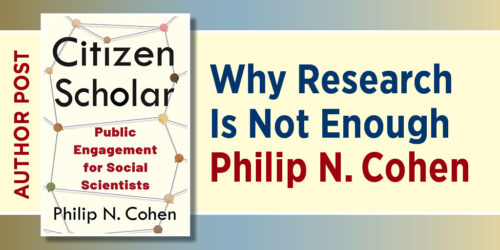The Art of the Peer Review
In What Just Ain’t So, published today on Inside Higher Ed., Patrick H. Alexander, associate director and editor-in-chief of the Pennsylvania State University Press, offers a great discussion of the peer review process.
Alexander identifies four types of reviews that miss the mark:
1. The New York Times book review:
2. The “why-didn’t-you-write-a-different book?” review
3. The slashing review
4. The intellectual comb over
As fellow university press employees, all these types of reviews are very familiar to us and Alexander’s essay is not only entertaining but provides very sound advice to readers about what they should avoid and what they should include in their reports. Alexander concludes with an eloquent reminder about the ultimate importance of the peer review not only for publishers but also for scholarship:
I’ve read too many unhelpful reviews, plenty of valuable reviews, and a few stellar ones. The stellar ones remind me that the art of peer reviewing a manuscript remains one of the hallmarks of scholarship. Academics, especially humanists, often speak of themselves as being in “the guild.” If ever there was a time for a member to mentor a fellow-guild member, it’s in the peer-review evaluation. Here the craftsman or grandmaster can instruct the apprentice in the fine art of scholarship. And though the instruction may or may not result in publication, the report should emulate the twin standards of the guild: academic rigor and objectivity. Applying these standards to the peer-review process not only ensures a quality review; it keeps you in good stead with your peers. I also won’t file your name under “Don’t ask Professor X to review manuscripts,” which, on the one hand, may sound like a relief, but on the other, it places you and maybe your career on the periphery of a vital scholarly circle.


